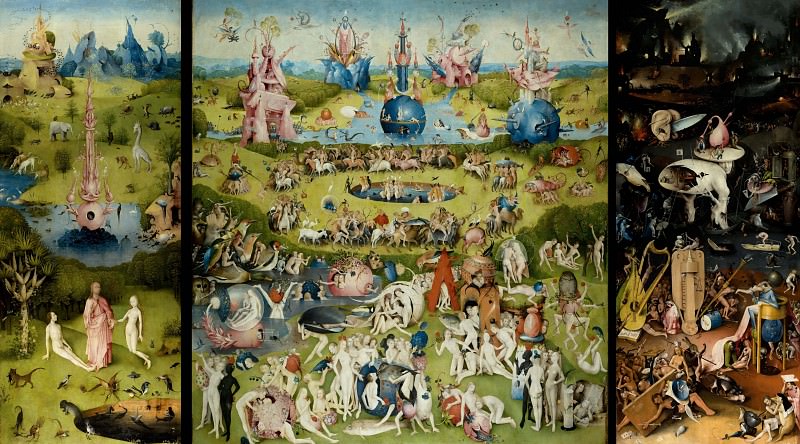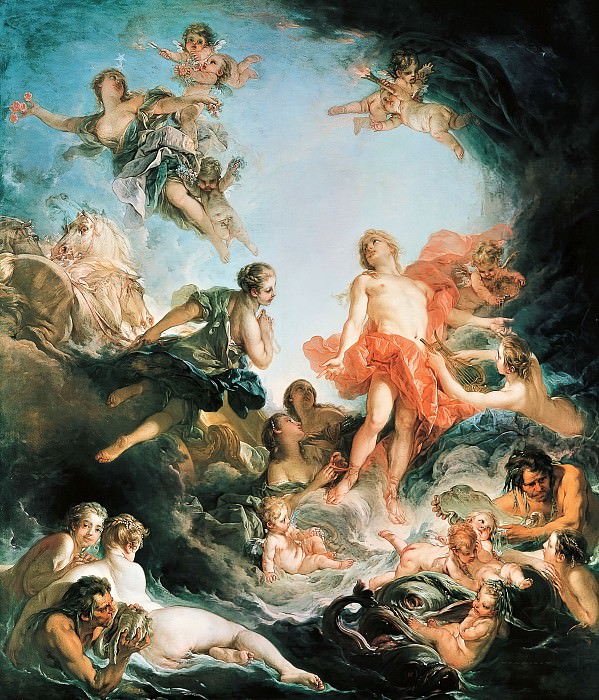Roy Lichtenstein: A Pioneer of Pop Art
Early Life and Influences
Roy Lichtenstein was born on October 27, 1923, in New York City. He grew up in a middle-class family with a keen interest in art from a young age. His early influences included comic strips, advertisements, and popular culture, elements that would later define his unique style. Lichtenstein's formal art education began at the Art Students League of New York, and he later attended Ohio State University, where he earned a degree in fine arts. His time in academia exposed him to various art movements and techniques, laying the foundation for his future artistic endeavors.
The Birth of Pop Art
Lichtenstein's journey into the art world was marked by a significant transition from traditional painting to what would become known as Pop Art. This movement emerged in the 1950s and 1960s as a response to the abstract expressionism that dominated the art scene. Pop Art celebrated everyday objects, consumer culture, and mass media. Lichtenstein's work stood out for its bold use of comic strip aesthetics, characterized by thick black outlines, bright primary colors, and Ben-Day dots, a printing technique used in comic books.
Iconic Works and Techniques
One of Lichtenstein's most famous works, "Whaam!" (1963), exemplifies his signature style. The painting, inspired by a comic book panel, depicts an explosive aerial battle with vibrant colors and dramatic action. The use of onomatopoeia, with the word "Whaam!" prominently displayed, captures the dynamic energy of the scene. This piece, like many of Lichtenstein's works, challenges the boundaries between high art and popular culture.
Lichtenstein's technique involved meticulous planning and execution. He often started with a sketch, which he then enlarged and projected onto the canvas. This allowed him to replicate the precise lines and dots characteristic of printed media. His attention to detail and commitment to mimicking the mechanical reproduction process were central to his artistic vision.
Critical Reception and Controversy
Lichtenstein's work garnered both acclaim and criticism. While some praised his innovative approach and ability to elevate mundane subjects to fine art, others accused him of plagiarism. Critics argued that his reliance on existing comic book imagery lacked originality. Lichtenstein defended his work, emphasizing his transformation of these images into something entirely new and thought-provoking. His ability to provoke such strong reactions underscored his impact on the art world.
Major Exhibitions and Legacy
Lichtenstein's influence extended beyond his individual works. He participated in numerous exhibitions, including the groundbreaking "New Realists" exhibition at the Sidney Janis Gallery in 1962, which solidified his position in the Pop Art movement. His work has been displayed in major museums worldwide, including the Museum of Modern Art in New York, the Tate Modern in London, and the Centre Pompidou in Paris.
Lichtenstein's legacy is evident in the continued relevance of his art. His pieces are celebrated for their exploration of consumerism, mass media, and the intersection of high and low culture. His impact on contemporary art can be seen in the work of artists who continue to draw inspiration from his techniques and themes.
Personal Life and Influence
Roy Lichtenstein's personal life was intertwined with his artistic career. He married Isabel Wilson in 1949, with whom he had two sons. The couple divorced in 1967, and Lichtenstein later married Dorothy Herzka in 1968. His relationships and family life influenced his work, particularly in his exploration of themes related to domesticity and gender roles.
Lichtenstein's influence extended beyond his lifetime. He passed away on September 29, 1997, but his art continues to inspire new generations of artists and art enthusiasts. His ability to blend popular culture with fine art remains a defining characteristic of his legacy.
The Evolution of Lichtenstein's Style
Throughout his career, Lichtenstein's style evolved, reflecting his exploration of different themes and techniques. In the 1970s, he experimented with abstract expressionism, creating works that paid homage to artists like Jackson Pollock and Willem de Kooning. These pieces retained his signature comic book style but incorporated elements of abstraction, demonstrating his versatility as an artist.
Lichtenstein's later works also delved into art history, reinterpreting masterpieces by artists such as Monet, Picasso, and Matisse. These reinterpretations showcased his ability to merge contemporary and historical art, creating a dialogue between different artistic eras. His "Imperfect" series, created in the 1980s, featured geometric shapes and bold colors, further showcasing his dynamic approach to art.
Cultural Impact and Enduring Popularity
Roy Lichtenstein's cultural impact extends beyond the art world. His work has been referenced in various forms of media, from fashion to advertising. His iconic style, characterized by comic book imagery and Ben-Day dots, has become synonymous with Pop Art itself. Lichtenstein's influence is evident in contemporary pop culture, where his aesthetic continues to resonate.
The enduring popularity of Lichtenstein's art is a testament to his ability to capture the spirit of his time while remaining relevant to contemporary audiences. His exploration of themes such as consumerism, media saturation, and the blurred lines between high and low culture continues to resonate in today's society. Lichtenstein's work serves as a lens through which we can examine the complexities of modern life.
Conclusion
Roy Lichtenstein's contribution to the art world is immeasurable. As a pioneer of Pop Art, he challenged traditional notions of art and elevated everyday imagery to new heights. His distinctive style, characterized by bold colors, precise lines, and comic book aesthetics, has left an indelible mark on contemporary art. Lichtenstein's ability to merge popular culture with fine art continues to inspire and provoke thought, ensuring his legacy endures for generations to come.
















